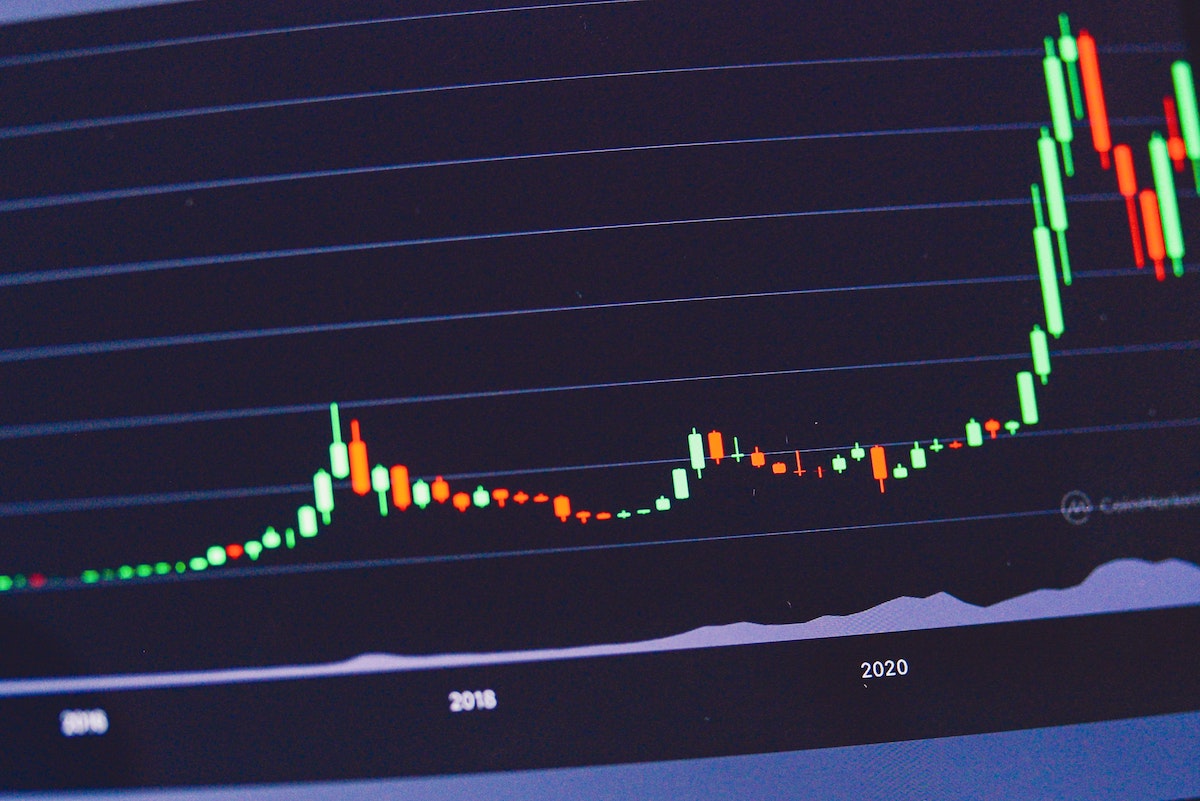Investing is an essential tool that can help you to realise your financial goals more efficiently. As everyone has their own goals and aspirations, it is important for you to evaluate your financial situation before deciding on whether to use your CPF savings to invest.
Here are the important factors you should consider before investing and how you can position yourself to maximise investment returns in the long run.
Factors to Consider Before You Start Investing
1. Investment Goal
Before investing, it is important for you to think about why you are investing and set an investment objective. For example, you can set yourself the goal of having a specific amount of money ($X) before retirement. Working backwards, you will be able to calculate how much you will need to grow your wealth over time to hit your retirement goals.
2. Risk Tolerance
Before investing, you should ask yourself three questions regarding risk:
- What’s the amount of risk you’re comfortable with and can afford to take?
- Can you handle temporary short-term losses in your investments?
- Do you have enough savings to absorb the investment risks?
As higher returns often carry a greater amount of risk, it is important for you to clearly define your risk appetite before making investment decisions. You definitely do not want to be caught in a situation where you suffer significant losses which can jeopardize your financial situation!
If you wish to have a more comprehensive review of your risk profile, you can take the Risk Tolerance Questionnaire by the CPF Board.
3. Investment Time Horizon
Besides risk tolerance, you will need to consider your investment time horizon when deciding which products to invest in. The longer your investment time horizon, the higher the risk you are able to take since you can ride out the volatility in the market.
Generally, as CPF savings are meant for your retirement, they are used for long-term purposes unless you are nearing retirement or have a short-term time horizon for other reasons.
4. Overall Financial Situation
Consider your financial commitments and the amount of money you will need to sustain your lifestyle during retirement. If you have other assets set aside for retirement besides your CPF savings, how are these assets invested?
As a rule of thumb, you should have at least six months of living allowances kept aside as emergency funds before investing the rest of your money.
5. Opportunity Costs
Consider the interest rates that you are earning from your CPF accounts and compare them with investment returns (less product fees and charges). Only invest your CPF savings if you are confident of earning more than the CPF interest.
How Will You Know Whether You are Ready To Invest?
Once you have an understanding of the amount of risk you are comfortable with and your investment time horizon, you are ready to make some investment decisions.
The CPF Board has classified unit trusts, ILPs and ETFs permitted under the CPFIS into the Risk Classification System intended to help you determine which products are most suitable for your investment circumstances.
Funds which have a greater proportion of assets invested in stocks and are more narrowly diversified are considered to have a higher risk classification.
By following the Risk Classification System, you will be equipped with the knowledge of which products suit your financial goals the most!
Investment Strategies
Now that you are ready to invest, how will you plan your investments to maximise your long-term returns? By following the simple tried-and-proven investment strategies below, you will be in a better position to achieve your financial goals:
1. Dollar-cost-averaging
Dollar-cost-averaging refers to investing your funds at regular intervals, spreading them out over a period of time. As the old saying goes, “it’s not about timing the market, but about time in the market.”
Research shows that those who stay invested over the long run in a well-diversified portfolio will generally do better than those who try to earn a quick profit by trying to buy-low-sell-high. Therefore, instead of trying to enter the market while it is cheap, it is more prudent for you to consistently put money to work and invest your savings regularly.
No matter the short-term price fluctuations in the market, by staying invested and averaging-out your cost basis, you are more likely to compound your wealth as the stock market is proven to provide investors with positive returns over time.
The principle of staying invested in the stock market and compounding your wealth is best illustrated by billionaire investor Warren Buffet, who once said, “if you aren’t willing to own a stock for 10 years, don’t even think about owning it for 10 minutes.”
2. Diversification
The principle of diversification is based on another old saying “don’t put all your eggs into one basket.” In financial terms, unsystematic or specific risk refers to risk that is unique to a specific company or industry.
In the context of portfolio management, unsystematic risk can be reduced through diversification across different companies, industries, geographical regions and asset classes.
By spreading out your investments, you are reducing your exposure to a black swan event and ensuring that you are protected in times of a crisis. This principle is especially relevant in today’s volatile markets where the investment landscape changes rapidly and can easily catch investors off-guard.
For example, one of the best-performing ETFs, ARK Innovation ETF(ARKK), which returned +157% in 2020, has fallen 50% since its peak in 2021. Had investors only held ARKK in their portfolio, the value of their investments would have been cut by half due to the underperformance of disruptive US technology stocks.
An example of a well-diversified portfolio was pioneered by another famous investor, Ray Dalio. Dalio’s All Weather Portfolio invests in US stocks, treasury bonds and commodities such as gold, offering good protection against inflation and volatility, while providing opportunities for long-term capital appreciation.
By diversifying your portfolio, you will be able to reduce your exposure to risk and increase the likelihood of success over the long-term.









